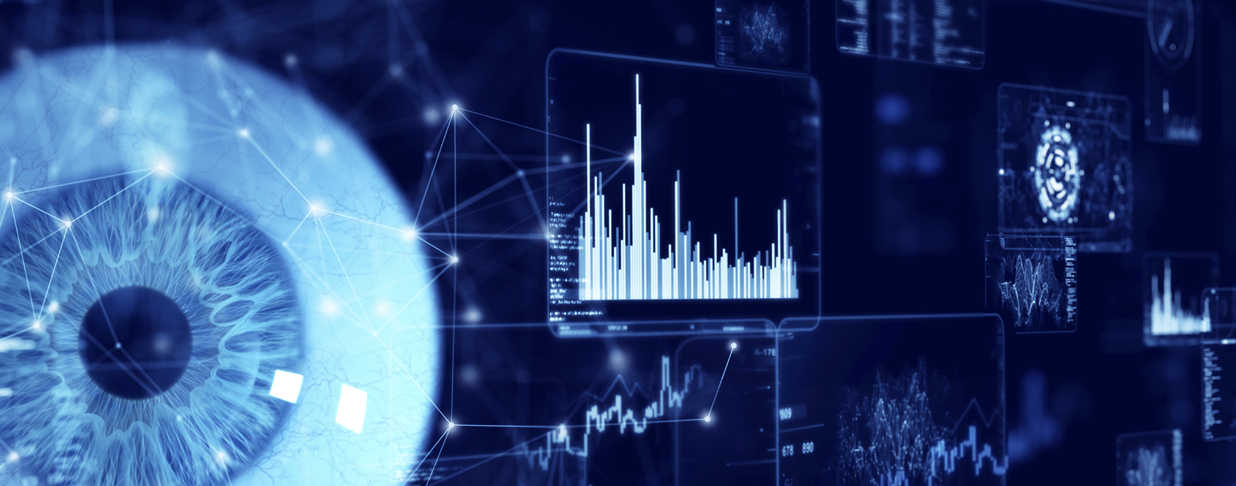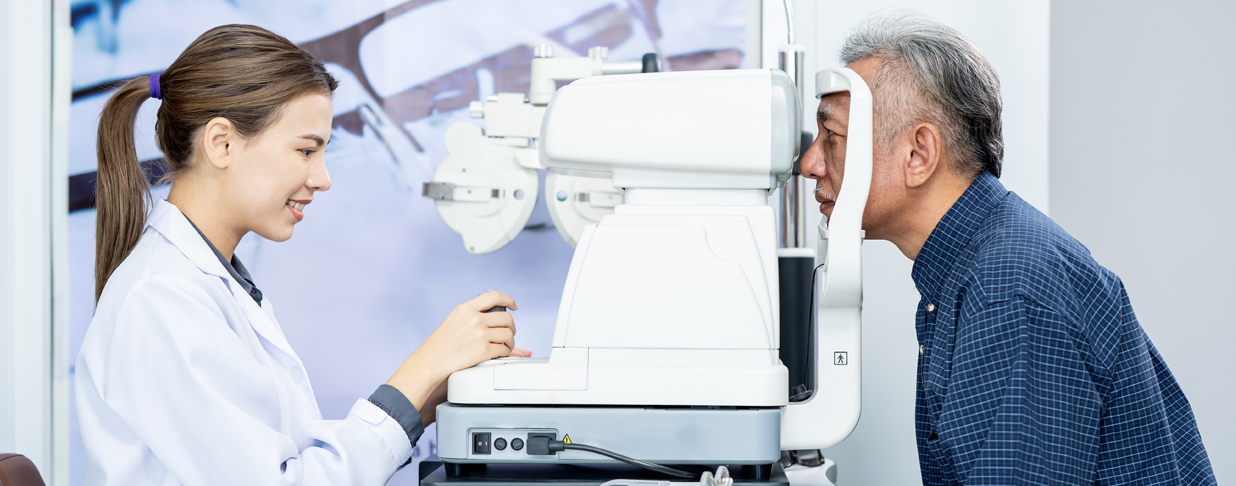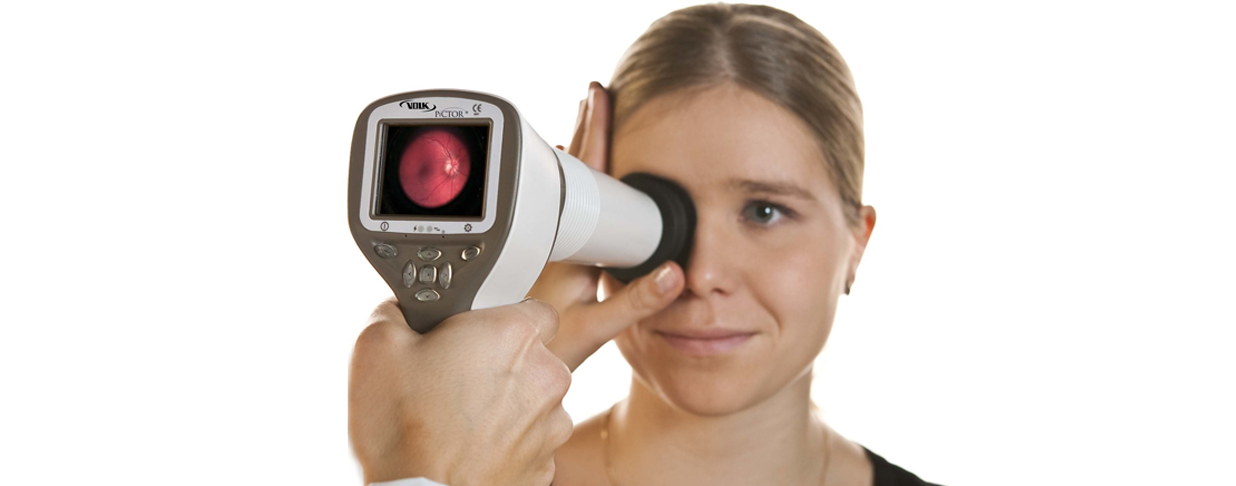Which is better, one or two? How about now – one or two? One? … Or two?
Anyone who's ever had an eye exam knows this routine, or something hilariously similar to it. But the question you should be considering is this: Which is better, a traditional eye exam or a digital eye assessment?
Clarifye, the latest generation of digital vision technology, answers that question. And the answer is very important for the 80% of our members who use their benefits to get an eye exam. (For the other 20%, it's a good reason to schedule your appointment right away.)
Clarifye precisely maps and images the eye, helping eye care providers learn as much as possible and creating the best possible prescription. The technology is advanced, visual and digitally integrated.
Here's a look at what it's doing for our members:
Less back and forth
The "1-2-1-2" game has had a nice run. But it relies on many subjective choices – sometimes dozens. The more rounds you play, the less consistent your answers, and the less accurate your prescription. Clarifye doesn't play games with vision; computers do more of the work. The system automatically picks the best prescription starting point. For the great majority of patients, Clarifye means about half as many questions and comparisons. Fewer questions. Fewer forced choices. Fewer subjective mistakes.
More accurate prescriptions
Fun fact: the human eyeball is only about an inch across. It's also one of the most complex organs in the body. So when measuring and diagnosing the eye, the more info, the better. Clarifye measures twice as much of the entire visual system as traditional exams, making it easier to precisely pinpoint and customize a prescription. Even fitting contact lenses is more precise. Traditionally, finding the right brand and size of contacts was hit or miss. Today, Clarifye gives providers a corneal topographical map, so contact lenses are fit right the first time, 95% of the time.
More problems caught early
During an eye exam, you might see a jumbled alphabet, a bunch of numbers and a big capital E. But it's what you don't see that can become a real problem. If a condition like cataracts, floaters or macular degeneration goes undiagnosed, it can turn serious. Clarifye makes it easier to spot these conditions earlier, because the exam is more comprehensive and more precise. For diseases like diabetes and glaucoma – not to mention high cholesterol and blood pressure – this headstart can make all the difference. Think of it as a digital warning system.
Less trouble at night
Starbursts and halos in the night sky … sounds lovely! Not so much. They're actually signs of poor nighttime vision. About 10% of us see worse at night. But people can't just turn their eyes off when the sun goes down. Low-light squinters may need 2 different prescriptions – as different as night and day. Problem is, traditional exams only look at the center of the pupil, for daytime vision. Clarifye looks at the whole eye, so providers can measure vision for round-the-clock living.
Every eye has a fingerprint. Strange, but true. Clarifye and other digital eye technology gives members a clear picture of this uniqueness. With better clarity comes better understanding. And better vision.
While digital eye exams like Clarifye don't negate the effectiveness of traditional eye exams, their cutting-edge technology might allow eye doctors to see a bit more during an exam -- and that could mean a brighter future for patients.
Look for providers who use Clarifye in our Provider Locator Tool.




